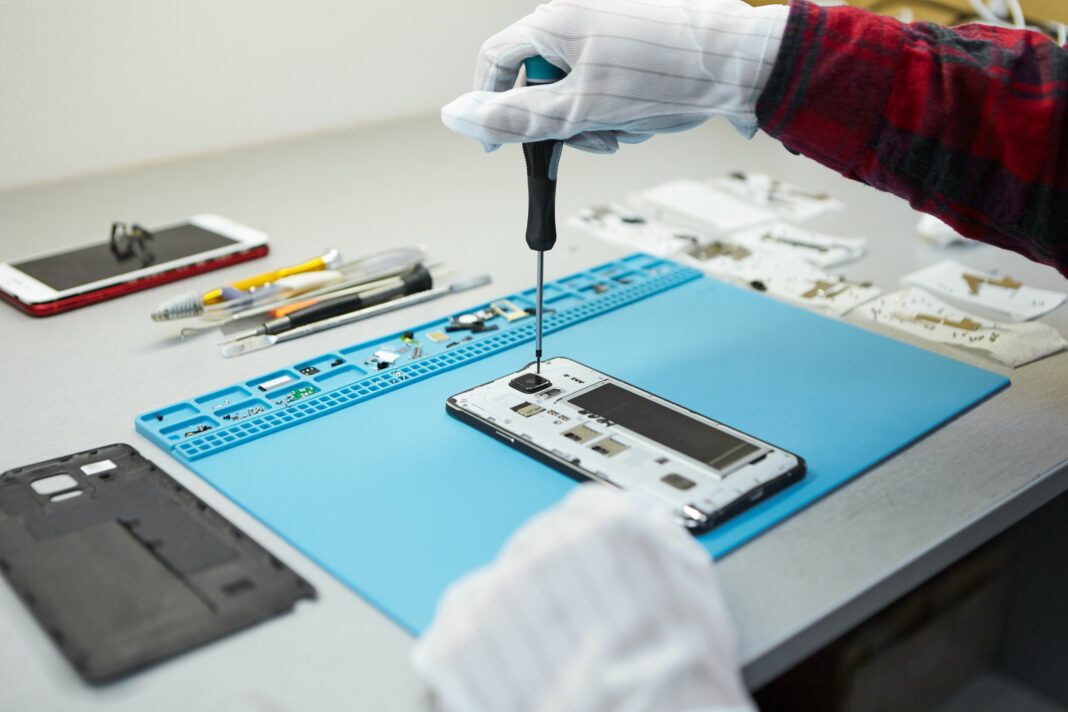The smartphone market is flooded with high-end devices that often cost more than many people’s monthly rent. With flagship phones from Apple, Samsung, and Google frequently priced above $1,000, consumers are increasingly looking for ways to get premium technology without breaking the bank. One of the most practical solutions? Refurbished phones.

But the idea of buying a pre-owned device can be intimidating. Many people worry about reliability, performance, and longevity. Are refurbished phones really worth it, or are they just a gamble with your hard-earned money?
This guide will take a deep dive into the world of refurbished smartphones, covering:
- What exactly makes a phone “refurbished”?
- The key advantages of buying refurbished
- The potential drawbacks you should know
- How to avoid scams and buy safely
- Where to find the best deals from trusted sellers
- A detailed FAQ section to answer all your concerns
By the end, you’ll have all the information needed to decide whether a refurbished phone is the right choice for you.
What Is a Refurbished Phone? (Full Explanation)
A refurbished phone is not the same as a used phone. Many people confuse the two, but there are critical differences that impact quality, reliability, and value.
How Refurbished Phones Are Different from Used Phones
- Used Phones: Sold “as-is” with no repairs or guarantees. These are typically sold by private sellers (e.g., Facebook Marketplace, Craigslist) and come with risks like hidden damage, poor battery life, or even being blacklisted.
- Refurbished Phones: Professionally restored to near-new condition. They undergo strict testing, repairs, and cleaning before being resold. Many come with warranties, making them a much safer option.
Types of Refurbished Phones
Not all refurbished phones are equal. The quality depends on who refurbished them:
- Manufacturer-Refurbished (Best Option)
- Restored by the original brand (Apple, Samsung, etc.).
- Uses genuine parts for repairs.
- Often includes a full warranty (sometimes identical to a new phone).
- Example: Apple Certified Refurbished iPhones.
- Retailer-Refurbished (Good, But Varies)
- Refurbished by third-party sellers (Amazon Renewed, Best Buy, Back Market).
- Quality depends on the seller’s standards.
- Usually comes with a shorter warranty (e.g., 90 days to 1 year).
- Carrier-Refurbished (Decent, But Often Locked)
- Sold by phone carriers (Verizon, AT&T, T-Mobile).
- Fully tested for network compatibility.
- May be locked to a specific carrier unless you request an unlocked model.
- Third-Party Refurbished (Riskier)
- Sold by smaller, less-regulated sellers (eBay, local repair shops).
- May use non-original parts (aftermarket screens, batteries).
- Warranty (if any) is often very short (30 days).
Why Do Phones Get Refurbished?
Phones are refurbished for several reasons:
- Returns: A customer buys a phone but changes their mind (e.g., wrong color, didn’t like the OS).
- Minor Defects: A device fails initial quality checks (e.g., a dead pixel, faulty button) and is fixed.
- Display Models: Phones used in stores for demo purposes.
- Lease Returns: Devices returned after a lease or upgrade program.
Understanding these differences helps you choose the best-quality refurbished phone and avoid scams.
Pros of Buying a Refurbished Phone (Expanded Benefits)
1. You Save a Lot of Money (Without Sacrificing Performance)
The biggest advantage of refurbished phones is the huge cost savings.
- A new iPhone 15 Pro costs $999.
- A refurbished iPhone 14 Pro (similar performance) costs 600–600–700.
- Older models (like an iPhone 12) can drop to 300–300–400 in refurbished condition.
This means you can get:
✅ Flagship-level performance for mid-range prices.
✅ Higher storage models (256GB, 512GB) at lower costs.
✅ Access to premium brands (Apple, Samsung, Google) without overspending.
2. They’re Professionally Tested & Repaired
A used phone from a random seller could have hidden issues (water damage, bad battery, malware). A refurbished phone from a trusted source has been:
🔧 Diagnosed for hardware/software issues.
🔄 Had faulty parts replaced (battery, screen, charging port).
🧼 Cleaned and sanitized (no grime or residue from previous owners).
📱 Reset to factory settings (no leftover data or accounts).
This makes them far more reliable than buying used.
3. Many Come with Warranties (Unlike Used Phones)
One of the biggest risks of buying a secondhand phone is getting stuck with a defective device. Refurbished phones from reputable sellers often include:
- 90-day to 1-year warranties (Apple offers a full 1-year warranty on refurbished iPhones).
- Return policies (Amazon Renewed gives 90 days, Back Market offers 1 year).
This means if something goes wrong, you’re protected.
4. Better for the Environment (Reduces E-Waste)
The electronics industry generates 53 million tons of e-waste per year. Many discarded phones still work but end up in landfills. By choosing refurbished:
🌱 You extend the life of a functional device.
♻️ You reduce demand for new phone production (which uses rare minerals and energy).
📉 You help lower electronic waste pollution.
5. You Can Find Discontinued or Rare Models
Some people prefer older phones because:
- They have headphone jacks (e.g., iPhone SE 2020, Samsung Galaxy S10).
- They’re smaller and easier to handle (e.g., iPhone 13 Mini).
- They run older software versions (useful for app testing or nostalgia).
Since manufacturers stop selling these models new, refurbished markets are the best place to find them.

